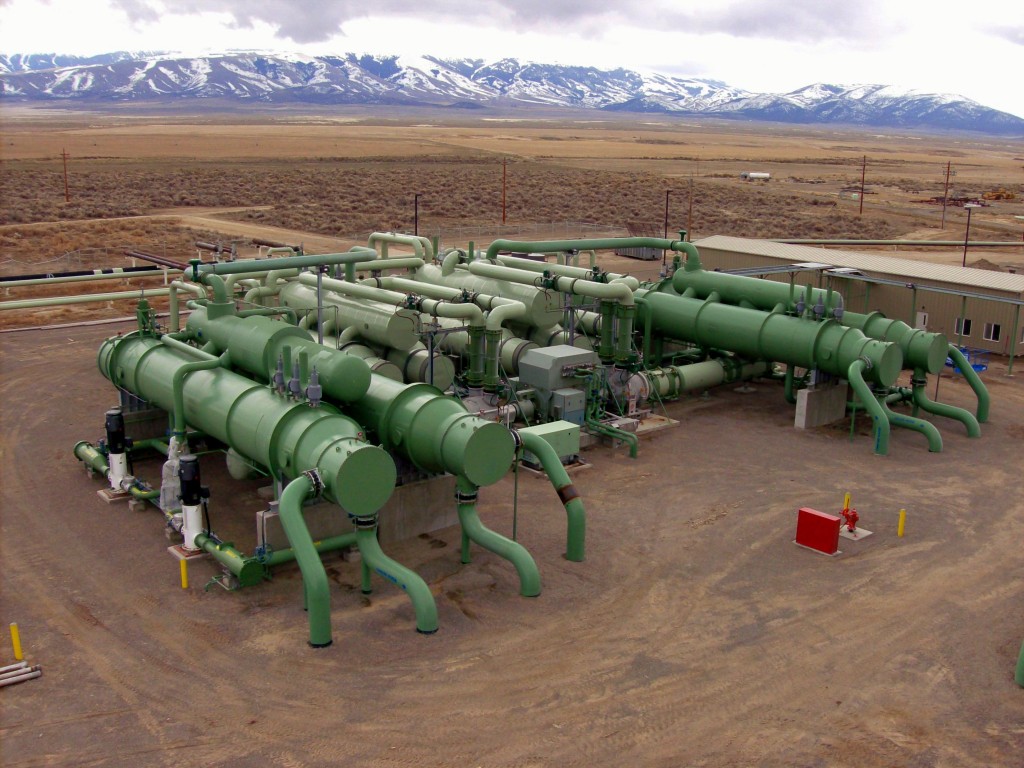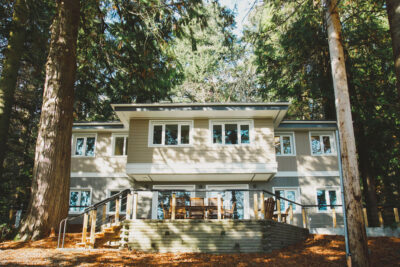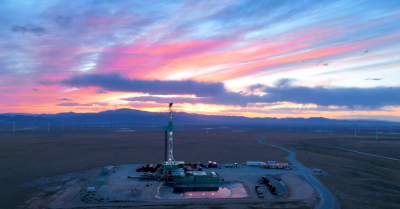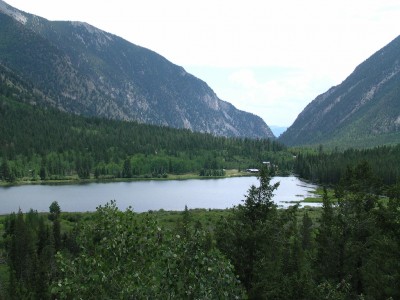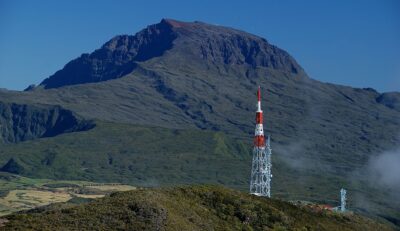Geothermal Energy Investment Act introduced to U.S. Senate
Investment tax incentives could see an increase from currently 10% to up to 30% if a new "Geothermal Energy Investment Act", recently introduced to the U.S. Senate, receives a majority.
Investment tax incentives could see an increase from currently 10% to up to 30% if a new “Geothermal Energy Investment Act”, recently introduced to the U.S. Senate, receives a majority.
“The combination of green energy and a tax incentive increase has resulted in a rare instance of congressional bipartisan cooperation.
U.S. Sens. Mike Crapo, R-Idaho, and Ron Wyden, D- Ore., have co-sponsored a bill to increase federal tax incentives for geothermal power. The Geothermal Energy Investment Act of 2010 is the Senate version of a House resolution sponsored in June by Rep. Earl Blumenauer, D-Ore., which would allow geothermal energy producers to qualify for the same energy credit as solar energy producers.
Though geothermal producers currently get a credit of 10 percent of power produced, the bill would bump that to 30 percent through 2016.
Crapo spokesman Lindsay Nothern said the two senators represent states with significant geothermal potential and want to help geothermal power advance.
“It’s just that geothermal is not as well recognized in Congress as solar,” Nothern said.
Idaho has 21 geothermal projects built or in the works, including a plant built in 2006 and 2007 near Raft River by Boise-based U.S. Geothermal Inc. that was the Northwest’s first geothermal plant.
U.S. Geothermal representative Dan Kunz said energy sources based upon gas or coal are well-established and thus well-funded.
They also contribute a lot of carbon to the atmosphere. Companies getting into newer technologies that don’t contribute to climate change, such as geothermal energy, need tax credits so they can spend more money on development, Kunz said.
“We need a geothermal endowment,” Kunz said. “We have the geology here in Idaho but need to have people willing to take the risk to drill.”
Nothern said in addition to tax incentives, Crapo wants to allow more geothermal drilling on federal public lands.
That may thwart the efforts of state Rep. Stephen Hartgen, R-Twin Falls. Hartgen wants to try to make state lands more competitive for geothermal development.
“We need to bring state lease rates down because we’re not competitive with the federal land rates,” Hartgen said.
Like many green energy projects, one snag in development is getting the power to the consumer. Transmission can be challenging because points where it’s easy to access geothermal energy don’t necessary line up with easy access to power stations. Kunz said proximity to the transmission grid is one of the first things his company looks at.
The advantage geothermal energy has over other alternative energies is that it provides full-time power, Kunz said.
“Wind doesn’t always blow and the sun doesn’t always shine,” Kunz said. “So we can justify a higher, more efficient use of transmission lines.”
Source: Magic Valley
